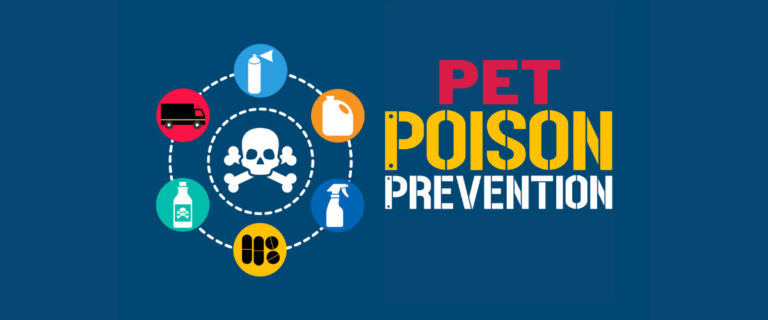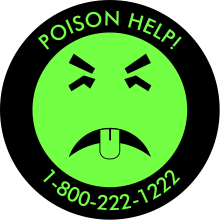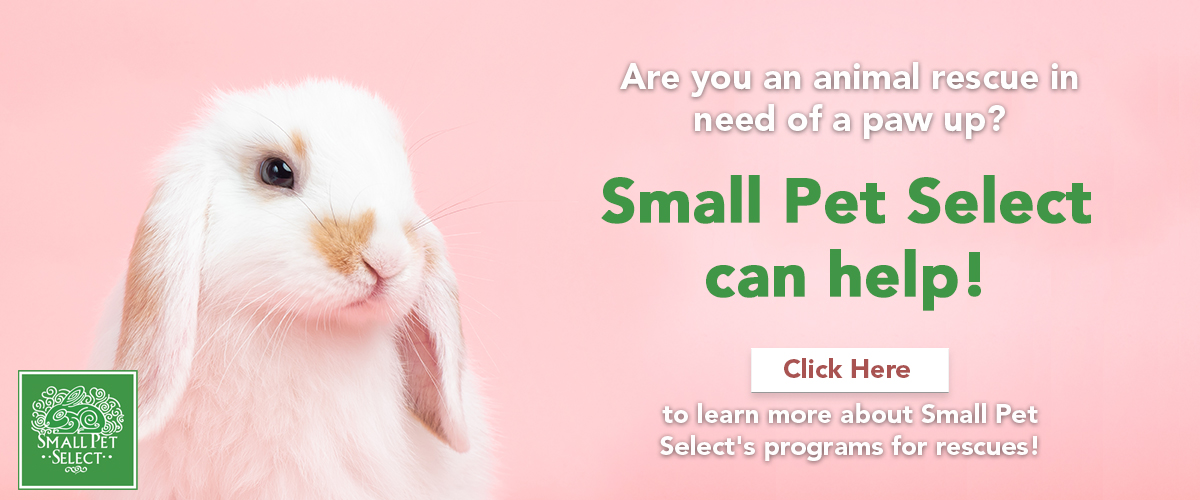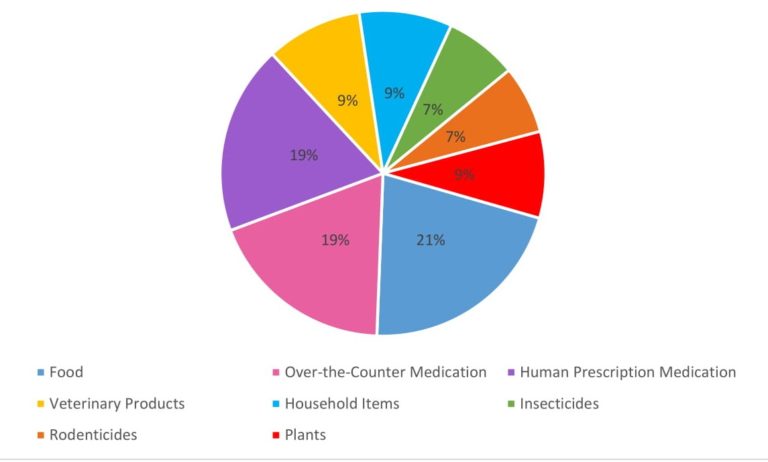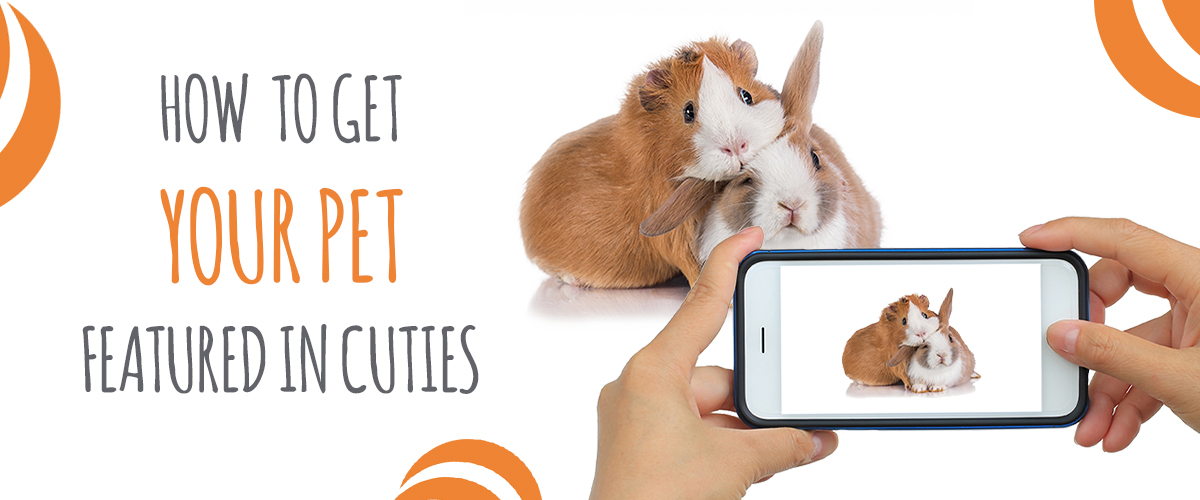Did any of you grow up in Pittsburgh, Pennsylvania? Like Belinda, her roommate, or me, you might remember Mr. Yuk if you did. I can still hear the commercial, "Mr. Yuk is mean, Mr. Yuk is green."
According to the Children’s Hospital of Pittsburgh, to promote poison prevention and the poison center, the iconic symbol Mr. Yuk™ was created by the Pittsburgh Poison Center and was the first recognized poison prevention/poison center awareness symbol in the U.S. Since then, Mr. Yuk has been used to educate children and adults in the U.S. and internationally about poison prevention and to promote poison center awareness.
Unfortunately, there’s no Mr. Yuk for pets. But guess what? Your sweet babies have you, the pawrent, to help them in the fight against Pet Poison Prevention.
Pet Poison Hotline Numbers
Before we get into pet poison prevention, put these numbers in a safe place in case you have a pet poison concern.
Pet Poison Hotline: 855-764-7661
ASPCA Animal Poison Control Center: (888) 426-4435
What’s Safe for Humans May Not be Safe for Pets
As humans, we buy many things that are safe for us but not safe for our pets. The Humane Society of Northeast Georgia shared this neat graphic from the ASPCA (Association of the Prevention of Cruelty to Animals). It depicts the inquiries they get during the 20,000 calls to their pet poison hotline annually.
Top Poisonous Items for Pets
The Pet Poison Control Hotline outlined the five most common poisonous items for pets:
- Xylitol: Many sugarless gums…contain xylitol, a sweetener that is toxic to dogs. Candies, mints, flavored multi-vitamins, desserts, and baked goods may also be made with xylitol. Even small amounts, when ingested, can result in a life-threatening drop in blood sugar, or with large quantities of ingestion, liver failure. Signs of xylitol poisoning include vomiting, weakness, difficulty walking, tremors, and seizures.
- Human medications: Common human drugs including NSAIDs (e.g., Advil®, Aleve®, and Motrin®), acetaminophen (e.g., Tylenol®), and antidepressants (e.g., Effexor®, Cymbalta®, Prozac®) can cause serious harm to your pets when ingested. NSAIDs can cause serious stomach and intestinal ulcers as well as kidney failure. Acetaminophen can damage red blood cells in cats, limiting their ability to carry oxygen. In dogs, it can lead to severe liver failure.
- Flowers (planted or cut flowers in bouquets): As beautiful as they are, some flowers can cause severe toxicity, or even fatalities, in animals. For example, certain lilies, including tiger, day, Asiatic, Easter, and Japanese lilies, are highly toxic to cats. Severe kidney failure can result from ingestion of even a few petals, leaves, or pollen. In addition, ingestion of certain spring bulbs (e.g., daffodils, tulips) can cause severe vomiting, diarrhea, and abdominal pain. More severe reactions include abnormal heart rate or changes in breathing.
- Chocolate: Make sure to hide all candy, particularly chocolate candy, from your dog. While the occasional chocolate chip in one cookie may not be an issue, certain types of chocolate can be very toxic. Baker's chocolate and dark chocolate pose the biggest problem. The darker and more bitter the chocolate, the more dangerous it is to our pets. The chemical toxicity in chocolate is due to methylxanthines (a relative of caffeine). It results in vomiting, diarrhea, hyperactivity, abnormal heart rhythm, seizures, and possibly death.
- Fertilizers: Many fertilizers are basic gastrointestinal irritants. However, some are often combined with dangerous chemicals and compounds called organophosphates or carbamates, which can be harmful or deadly to pets. Ingestion can result in drooling, watery eyes, urination, defecation, seizures, difficulty breathing, fever, and even death.
- Pest Control Products: Rodent, snail and slug baits often keep pests at bay. However, if ingested, these poisons are extremely harmful to pets. They are highly toxic and can be fatal without immediate veterinary attention. In addition, rodent baits typically can result in blood clotting disorders, brain swelling, or kidney failure. In contrast, snail and slug baits can result in severe tremors or seizures.
Prevention = Pet (Baby) Proofing
Pets are smart. Pets are curious. Pets can get themselves in trouble quickly. I know I’m not telling you anything you don’t already know. So, what’s the easiest way to practice pet poison prevention? Pet proofing!!
First of all, the easiest way to pet-proof is by putting things away. The French have a saying, "mise en place," which means "everything in its place." For example, the minute we get back from our walk after I hang the dog leashes up, I put my Oakley sunglasses in the kitchen junk drawer. Why? I already learned the hard way when Harper chewed up another pair. Is leaving sunglasses out as bad as dropping a packet of Splenda and not picking it up? Possibly not, but the point is to get used to putting things that are dangerous to your two or four-legged kiddos away quickly to keep them safe. That’s also the reason we got a two-shelf extra-large breadbox. Sydney, my cat, when she was younger, used to love to jump on the counter and tear into the bread or rolls.
Unfortunately, some companies increase the cost of items once they slap the word "pet" on them. But guess what? Most items sold to keep human babies and children safe work great to keep your pets safe.
I’ve lost count of how many baby gates we have in our house, but they're a lifesaver. Also, install cabinet locks so they can’t nose cabinets open like the one under your kitchen sink with all kinds of chemicals.
Finally, don’t forget to pet-proof your garage, shed, and yard. We just learned flowers, fertilizer, and pest control products round out the top poisonous items to pets. Therefore, if they enjoy the great outdoors with you, take the time to secure items there, also. We tried to do that to our shed with a lock. But unfortunately, the neighborhood squirrels made their own access door 🤦🏻♀️.
In conclusion, Justine Lee, DVM, DACVECC, and Associate Director of Veterinary Services for Pet Poison Helpline, put it extremely well when she said, “It only takes a few minutes to educate yourself on how to avoid these situations. Appropriate pet-proofing and awareness of what to do in the event of a pet poisoning situation could spare you and your pet trips to the veterinarian for expensive but life-saving treatments."
DISCLAIMER: The links and information are being provided as a convenience and for informational purposes only; they do not constitute an endorsement or an approval by Small Pet Select of any of the products, services or opinions of the corporation or organization or individual.
Want to learn more about pets? Check these out!
IMPORTANT WARNING: PLAN FOR LONG EMERGENCY PET MEDICAL CARE WAIT TIMES



